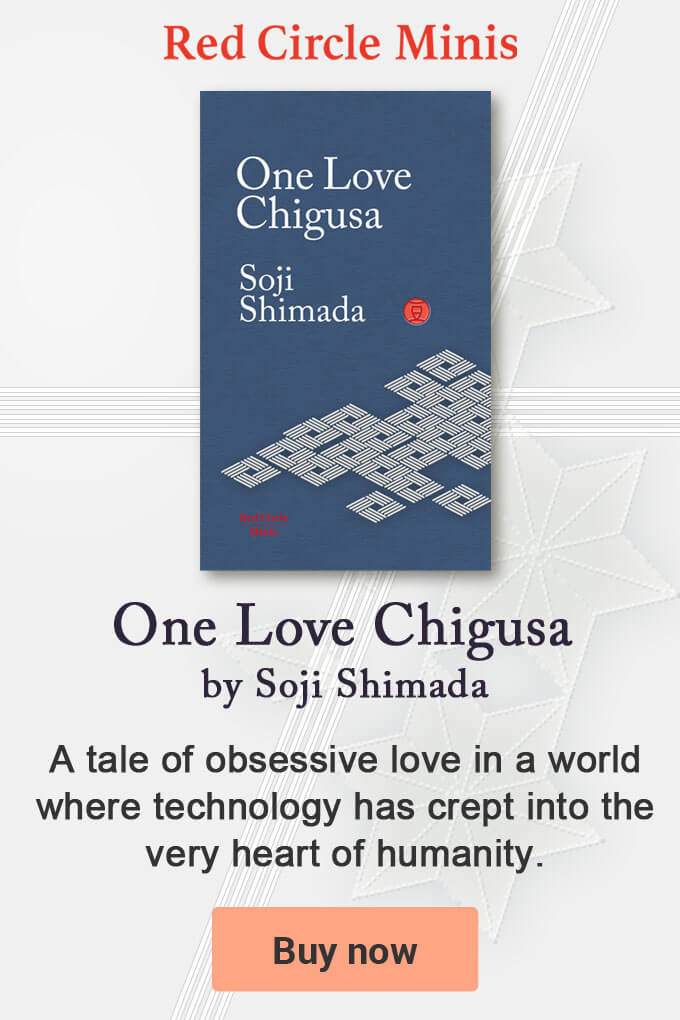- History
Mishima, who was only active as a writer for 21 years after the publication of his first major novel, managed to write 40 novels, 18 plays and numerous essays during his short life[UPDATED: 2-27-2018]
Yukio Mishima (1925-1970) wrote 40 novels, 18 plays, 20 books of short stories, books of essays, hundreds of poems, as well as plays and film scripts before he died age 45, two months before his birthday.
His first full-length major novel Confessions of a Mask, was published in 1949. It quickly established him as a major literary talent and the wunderkind of his generation – allowing him to quit his job and concentrate full-time on his creative writing. The novel was translated into English by Meredith Weatherby in the 1950s.
According to his publisher’s website: “From then until his death he continued to publish novels, short stories, and plays each year. His crowning achievement, the Sea of Fertility tetralogy—which contains the novels Spring Snow (1969), Runaway Horses (1969), The Temple of Dawn (1970), and The Decay of the Angel (1971)—is considered one of the definitive works of twentieth-century Japanese fiction”.
Mishima was a natural writer, and amazingly prolific. Writing came easily to him. He was very disciplined and apparently never knowingly missed a deadline. He courted international editors, publishers and translators and could not understand why it took so long for his works to be translated and published. He wrote every night until dawn.
In 1970, the day after completing the last novel in the Fertility series and submitting his manuscript to his Japanese publisher, Mishima famously committed suicide in a highly stage-managed public manner. It was a spectacular performance like death that attracted worldwide attention instantly making; Mishima the man, the author, as well as his more than 100 literary works, a topic of fascination and study by academics and biographers.
His first full-length major novel Confessions of a Mask, was published in 1949. It quickly established him as a major literary talent and the wunderkind of his generation – allowing him to quit his job and concentrate full-time on his creative writing. The novel was translated into English by Meredith Weatherby in the 1950s.
According to his publisher’s website: “From then until his death he continued to publish novels, short stories, and plays each year. His crowning achievement, the Sea of Fertility tetralogy—which contains the novels Spring Snow (1969), Runaway Horses (1969), The Temple of Dawn (1970), and The Decay of the Angel (1971)—is considered one of the definitive works of twentieth-century Japanese fiction”.
Mishima was a natural writer, and amazingly prolific. Writing came easily to him. He was very disciplined and apparently never knowingly missed a deadline. He courted international editors, publishers and translators and could not understand why it took so long for his works to be translated and published. He wrote every night until dawn.
In 1970, the day after completing the last novel in the Fertility series and submitting his manuscript to his Japanese publisher, Mishima famously committed suicide in a highly stage-managed public manner. It was a spectacular performance like death that attracted worldwide attention instantly making; Mishima the man, the author, as well as his more than 100 literary works, a topic of fascination and study by academics and biographers.
- TOPICS:
- History

